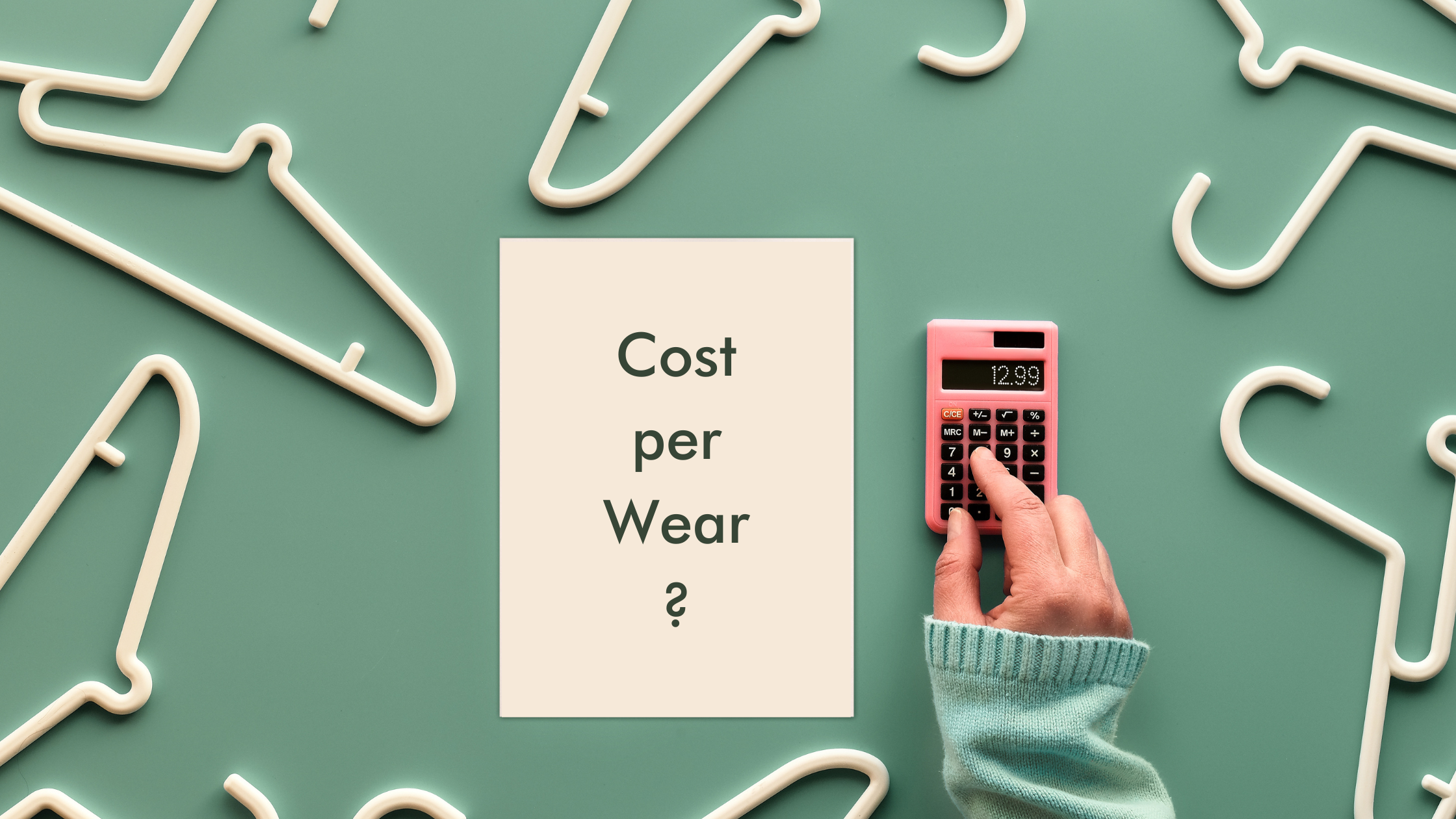When it comes to fashion shopping, we often focus on the immediate aspect: the design, the price and the current trend. But there is a concept that is gaining more and more relevance: the "Cost per Wear" (CPW), or the cost per use. In this article, we'll explore what CPW is, why it's important, and how it's closely linked to sustainable fashion.
DEFINITION AND CALCULATION OF THE COST PER WEAR
Cost per Wear is a metric that calculates the value of an item of clothing based on its price and the number of times we wear it. Simply put, it's a way of evaluating how much we're actually "paying" for every time we wear an item.
example:
1) We purchase an eco-sustainable basic t-shirt in high quality organic cotton at the price of €50. Its timeless design capable of resisting trends and the finely crafted fabric will guarantee that we can wear it at least 100 times. Its CPW is calculated by dividing the cost by the number of uses, therefore in this specific case it will be equal to
50/100=€0.50
2) Instead we buy a t-shirt with a print from a medium/low quality fast fashion brand, in normal cotton, at a cost of €20. The print could tire us after a while, in addition to the fact that poor quality fabric will tend to wear out very quickly, we will therefore find ourselves having to "abandon" it after about thirty uses. So let's calculate its CPW:
20/30=€0.67
The CPW paradox therefore leads us to understand that we spent more money to buy a low-quality fast fashion t-shirt.
As we can see from the previous example, CPW pushes us to think more deeply about the purchase of clothing. Rather than just focusing on the initial price, CPW encourages you to consider a garment's durability, versatility and quality. Understanding CPW helps you make more informed purchasing decisions and invest in items that offer lasting value.
CPW'S RELATIONSHIP TO SUSTAINABLE FASHION
CPW is intrinsically linked to sustainable fashion. In a world that is becoming increasingly aware of the environmental impact of the fashion industry, sustainability is not just about the materials used, but also how often and for how long a garment is worn. High-quality garments, made from durable materials, tend to have a lower CPW, as they resist the wear and tear of time.
THE ADVANTAGE OF BUYING TIMELESS ITEMS
Sustainable fashion promotes the idea of creating a wardrobe with timeless pieces with a basic or semi-basic style. Every quality product becomes an investment, not only in financial terms but also in terms of reduced environmental impact. These pieces resist passing fads and maintain their value over time.
Understanding CPW encourages you to develop an awareness of your personal style. Rather than falling for fad temptations, you become more selective, choosing pieces that fit your lifestyle and can be worn on multiple occasions.
SHENTY AND THE CPW
Cost per Wear is a lens through which we can evaluate not only our relationship with clothes but also their impact on the planet. Investing in pieces that stand the test of time, both in terms of design and durability, is the key that at Shenty we choose to use on a daily basis to plan our collections. In conclusion CPW is nothing more than the bridge that connects individual awareness with the collective environmental impact of the fashion industry.
